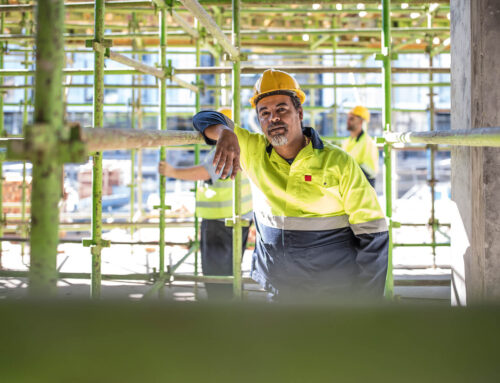Too many times, construction and repair workers are given shoddy equipment with which to do their jobs and, too many times, that inadequate and unsafe equipment results in a worker getting hurt or killed. In a perfect world, that would never happen. Since the real world isn’t perfect, it is fortunate that workers in New York have laws that allow them to go to court and obtain the compensation for their injuries that they deserve. To make sure you are getting compensated fairly for your harm you suffered on the job, be sure you have a skilled New York City construction attorney going to bat for you.
I.G. was a painter who got hurt in exactly that kind of scenario, according to his lawsuit. Allegedly, I.G. was doing his painting work while standing on an A-frame ladder that had a broken lock. As a makeshift lock, the painter’s supervisor simply shoved a screwdriver into a hole in the ladder, according to I.G. The painter allegedly complained, but to no avail.
You can probably guess what happened next. The ladder failed and I.G. fell, suffering substantial injuries, according to the lawsuit. The painter allegedly noticed after the fall that the screwdriver had fallen out of the hole in the ladder.
Workers injured in the way this painter alleged may be entitled to recover for the harm they suffered. New York law says that workers are entitled to receive adequate protection from “elevation-related” risks of injury, including both falls and things falling on them. That includes the risks from receiving defective ladders or scaffolds.
When you take that step to pursue a lawsuit, you can expect a vigorous opposition. In I.G.’s case, the defendants tried to argue that they were entitled to introduce as evidence in the painter’s trial hospital records which stated that the painter fell after he lost his balance while standing on a scaffold.
What ‘hearsay’ evidence is and how to keep it from harming your case
This kind of proposed evidence is something called hearsay evidence. In most situations, hearsay evidence not admissible in court. There are a few exceptions, though, that can make a hearsay item admissible. One of them something called “admission by a party.” For example, if I.G. had told doctors that he actually fell after losing his balance while standing on a scaffold, not standing on a ladder painting, that would be admissible as an admission. In I.G.’s case, though, there was insufficient proof that those notes about his losing his balance or falling from a scaffold were based on things I.G. said, so the records weren’t admissible under the “party admission” concept.
Another exception exists for “business records,” but for a medical record to qualify under this exception, it must be tied to the patient’s diagnosis or treatment. Since the statements about losing balance or falling off a scaffold had nothing to do with I.G.’s diagnosis or treatment, the defense couldn’t rely on the business records concept, either.
In other words, the painter was able to persuade the court that the hospital document was just plain hearsay not falling under any exception, which meant that the defense was not entitled to use it against him. In the end, the exclusion of that evidence helped the painter obtain a summary judgment in his favor on the issue of the defendants’ liability.
If you’ve been hurt at your construction job because you were given shoddy equipment with which to do your job, you deserve to be compensated for the damage you suffered. Reach out to the skilled New York City construction injury attorneys at Arcia & Associates for the legal representation you need. Our team has many years of handling construction injury cases and helping injured workers before during, and after trial.
Contact us at 718-424-2222 to find out how we can help you.











